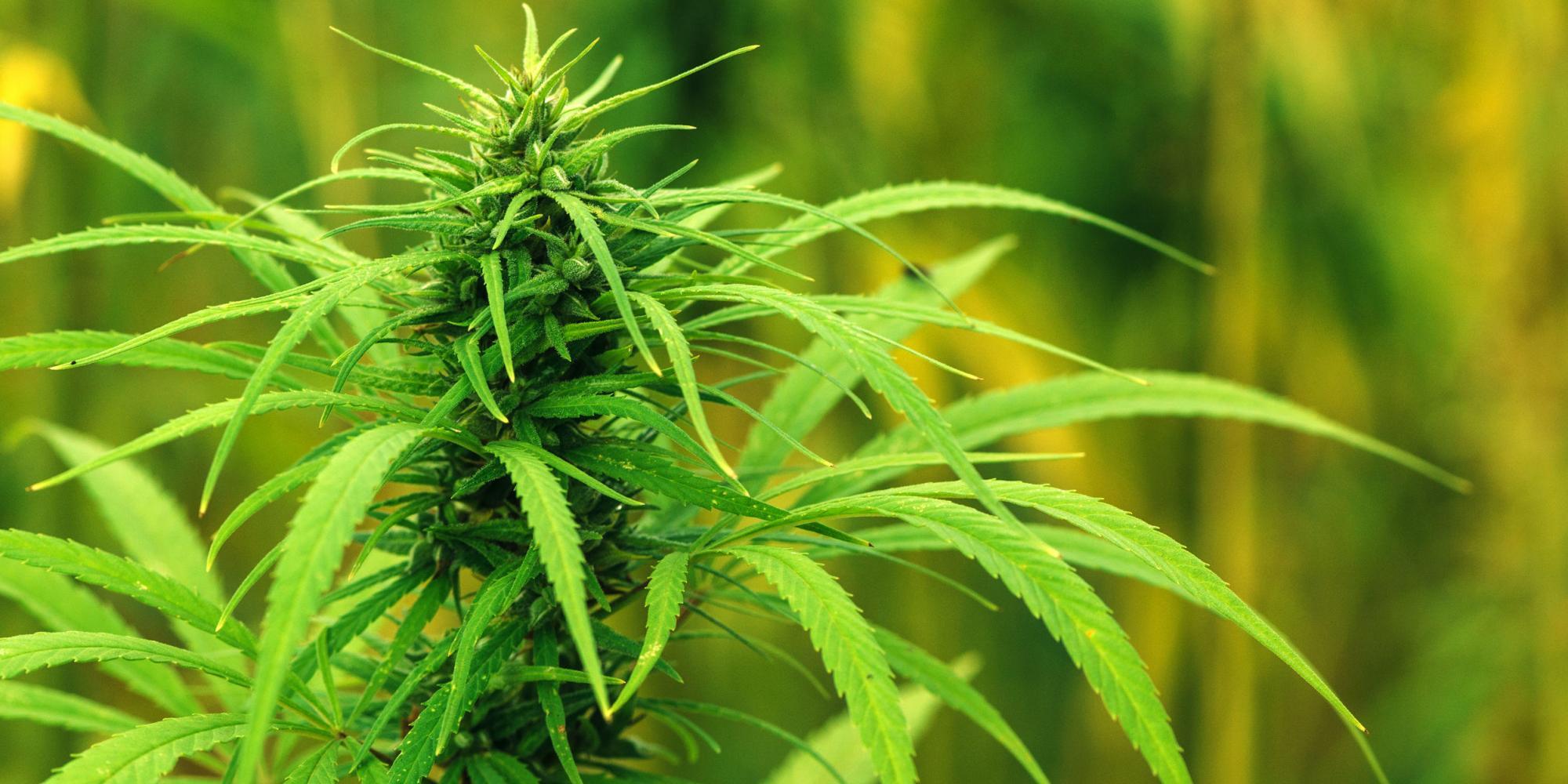11.21.2025
Sausage casings bulletin, November 21, 2025

...

There are recent developments in the swiftly unfolding $19 billion Coronavirus Food Assistance Program (CFAP) administered by the USDA. From the beginning, there were questions of eligibility for hemp producers, particularly those that are continuing with the 2014 Pilot Program rules. On Tuesday, the USDA stated that hemp was ineligible for CFAP funding, which provides up to $250,000 for each entity approved. Furthermore, it specifically excluded hemp and tobacco from the reconsideration clause below:
“Commodities that did not suffer a five percent-or-greater price decline from mid-January 2020 to mid-April 2020 are not eligible for CFAP. Specifically, this includes sheep more than two years old, eggs/layers, soft red winter wheat, hard red winter wheat, white wheat, rice, flax, rye, peanuts, feed barley, Extra Long Staple (ELS) cotton, alfalfa, forage crops, hemp, and tobacco. USDA may reconsider the excluded commodities if credible evidence is provided that supports a five percent price decline.”
The guidance published Tuesday said: “However, for all commodities except for hemp and tobacco, USDA may reconsider the excluded commodities if credible evidence is provided that supports a five percent price decline.” Since then, they have amended the language, no longer explicitly excluding the two crops. Regardless of the language change, the guidance offers insight into the agencies thinking.
They have set a 5% drop in prices as the standard for eligibility. Hemp biomass has seen significant pricing declines since last summer, but pricing has stabilized in 2020. Derivative pricing has continued to slide this year, and there is a case to be made that there is more than a 5% drop in refined extracts. Hempseed and fiber pricing have been stable this year, we see very little price movement with these products.
This is an instance when it becomes patently clear the critical role played by independent price reporting agencies like The Jacobsen. Part of the challenge in reporting pricing for hemp is the lack of clear specifications for products, creating wide price ranges that are unique to an immature market.
Law360 reported the following last night:
Proving the price of hemp has dropped 5% could be a challenge, because unlike most commodity crops, hemp lacks firmly established price benchmarks. Prices for hemp-derived CBD provide a close but still inaccurate indicator, according to National Hemp Industry Association Chair Geoff Whaling.
“We’ve searched the world for prices, but there just aren’t any yet,” he told Law360 Wednesday. “That’s one of the challenges in hemp. CBD prices don’t really help because they don’t represent the whole plant.”
We have data collected for fiber and hempseed dating to July 2019. However, hempseed and fiber – both having resisted price contractions in 2020 – represent a small percentage of the overall US hemp crop. There may yet be a case to be made for a 5% decline in hemp pricing, but insight into the USDA’s thought process indicates there may be resistance from the agency.
To learn more about CFAP: